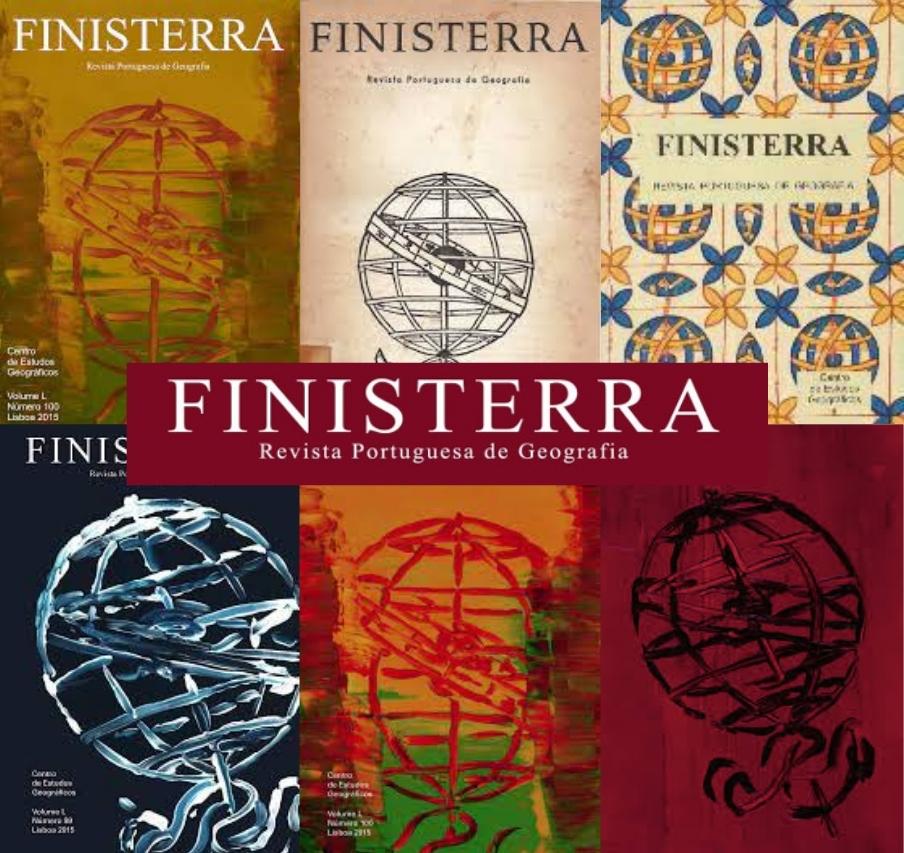Caracterização espacial de um índice de produtividade nos povoamentos de pinheiro-bravo em Portugal
DOI:
https://doi.org/10.18055/Finis1579Resumo
SPATIAL CHARACTERIZATION OF A PRODUCTIVITY INDEX OF MARITIME PINE IN PORTUGAL. Forestry plays an important role in the Portuguese regional economy. With this in mind, it is clear that robust and consistent modelling techniques are required so that all decisions can be scientifically based. This work aims to calculate maps illustrating the spatial distribution of the productivity index of maritime pine in Portuguese forests, using geostatistical algorithms of stochastic simulation in association with GIS and spatial analysis functions. These geostatistical algorithms enable this productivity index to be inferred for the locations where this species occurs, but without sampling observations. In this particular case study, data were provided by the third National Forest Inventory of the State Forest Administration. Based on measurements collected in sampling plots, of the height and age of dominant trees, a productivity index was calculated, summarizing the growth gradient level per year. Experimental variograms showed that the productivity index treated as a categorical variable with five classes does not reveal any spatial continuity. On the other hand, the two components of the index – height and age of the trees – present a spatial structure displayed by long-range variograms. Hence, instead of dealing with the productivity index, the decision was made to characterize the spatial distribution of these two factors and to compose the index as the final step. Thus, a methodology is used for the joint spatial characterization of the height and age of maritime pine prior to the calculation of a productivity index. One of the main advantages of stochastic simulation methodologies is the ability to assess the local uncertainty (related to sampling density, location of the nearest samples and local variability), as well as to map the probability of occurrence of extreme scenarios (in this case study, for instance, excellent or unproductive areas). These methodologies are major tools for the sustainable planning and management of natural resources, making it possible to delimit areas of greater and lesser suitability for each type of forest and to understand better the influence of factors that really affect tree development and growth.Downloads
Downloads
Como Citar
Edição
Secção
Licença
1. As opiniões expressas nos textos submetidos à Finisterra são da responsabilidade dos/as autores/as.
2. Os/As autores/as conservam os direitos de autor/a e concedem à revista o direito de primeira publicação, com o trabalho simultaneamente licenciado sob a Licença Creative Commons Attribution que permite a partilha do trabalho com reconhecimento da autoria e publicação inicial nesta revista.
3. Os/As autores/as comprometem-se a seguir as “Normas para submissão de manuscritos”, na plataforma RCAAP.
4. Sempre que o texto precisar de sofrer alterações, por sugestão dos/as Revisores/as Científicos/as e/ou da Comissão Executiva, os/as autores/as comprometem-se a aceitar essas sugestões e a introduzi-las nas condições solicitadas. Sempre que houver alterações de que os/as autores/as discordem, devem ser apresentadas as respectivas justificações, caso a caso.
5. A reprodução de material sujeito a direitos de autor/a foi antecipadamente autorizada.
6. Os textos são originais, não publicados nem submetidos a outras revistas.




_(2).jpg)

